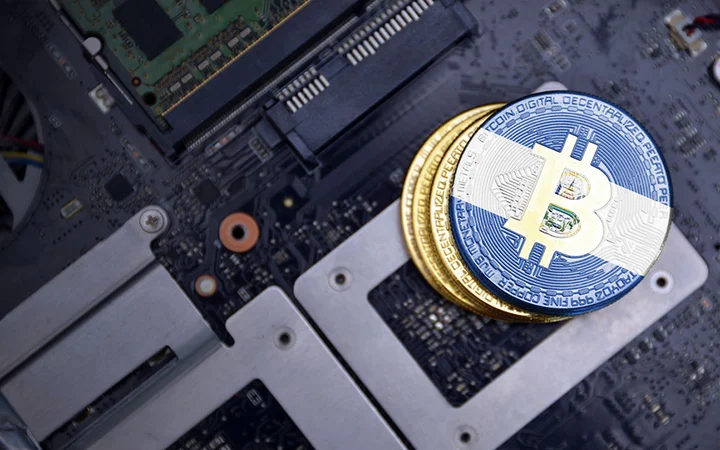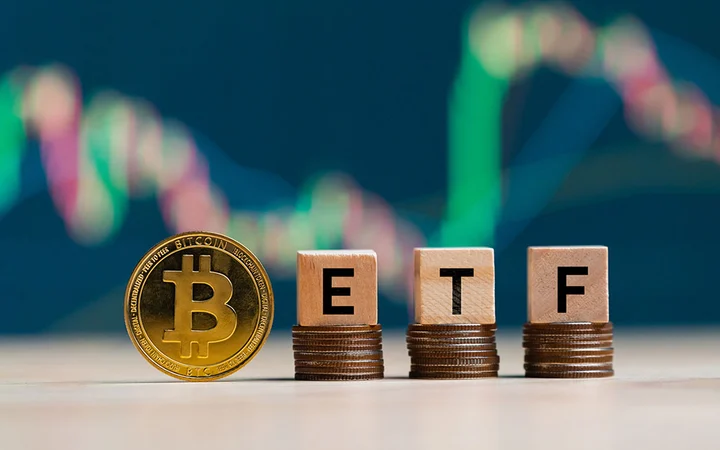After Binance’s settlement, the cryptocurrency enters a new era of regulation.
Following Binance's settlement, the cryptocurrency industry ushers in a new era of regulation.Author: Luke Nolan, CoinShares Translation: Shanooba, LianGuai
Introduction
After years of investigation into the world’s largest cryptocurrency exchange, Binance reached a settlement with the Department of Justice, the Commodity Futures Trading Commission, and the Treasury Department on November 21, 2023.
Zhao Changpeng (CZ) has stepped down as CEO of Binance and admitted to violating US anti-money laundering laws, including sanctions and remittance legislation. This resulted in Binance being fined $4.3 billion and CZ being fined $50 million.
In response to these developments, Binance experienced an outflow of over $1 billion this week and appointed former regional market head Richard Teng as the new CEO. Finally, as part of the settlement, an independent compliance monitor will oversee Binance’s operations.
- Telegram Bot Newcomer NerdBot Research Report
- LD Capital When will the Hong Kong stock market start to rebound?
- Some new thoughts about Blast Is it necessary for ordinary players to play?
Systemic Risk
The prolonged Binance incident has caused anxiety in the broader cryptocurrency industry, with concerns about the exchange potentially experiencing hypothetical collapse (similar to FTX’s collapse at the end of last year). Judging from the market reaction after the details of the settlement were announced, everyone breathed a sigh of relief as Binance clearly did not fall into any financial difficulties, and user assets remained safe. The $4.3 billion fine is likely to be easily manageable, and we have already seen such a scale of funds transferred within Binance wallets, which may have been anticipated.
But how much systemic risk does Binance pose?

In terms of Bitcoin trading volume (and total trading volume), Binance currently has the largest market share among all major exchanges. However, this number has decreased significantly from its peak in January 2023, from around 83% to the current approximately 31%. Needless to say, Binance is a very important player in the crypto market and would certainly bring some form of systemic risk in the event of user funds being unsafe or having to pay massive fines that impact its solvency. For reference, at its peak, FTX accounted for approximately 24%² of the total market share of cryptocurrency exchanges, and the consequences of its collapse were significant: from user fund losses ($8.9 billion) to widespread distrust in the industry, leading to a rather long crypto winter (note the soft macroeconomic factors and global liquidity contraction).
It is worth noting that after the collapse of FTX, Binance voluntarily increased the transparency of user funds and crypto asset balances. In November 2022, they released a proof of reserves attempting to demonstrate that they have sufficient assets to pay customer balances. As of November 21, 2023, they are approximately as follows:

Although this proof of reserves does not include any off-chain liabilities that Binance may hold, it suggests that they are likely able to repay the fine without any major issues: they hold around $6.3 billion in non-customer funds, including approximately $3 billion in stablecoins.
Overall, Binance appears to be fully capable of repayment at the moment and faces only a tiny risk of a complete collapse (unless any new developments or charges are brought up in the future). Therefore, while the investigation as a whole poses a potential systemic risk given Binance’s dominance as a market leader, the diversification of trading volumes across many exchanges and the relatively positive outcome have largely alleviated concerns.
What does this mean for the industry’s outlook?
The settlement involving Binance marks the beginning of a new era in the cryptocurrency trading industry, one that emphasizes enhanced compliance and responsibility. Accepting strict regulatory standards is a significant and positive step towards the future of cryptocurrencies, aligning them with other recognized asset classes.
This development is beneficial as regulatory agencies around the world adopt stronger frameworks, as it can improve transparency and ultimately protect customers.
Although the future journey may bring challenges, including further measures that may be taken against centralized exchanges, these steps are expected to greatly enhance investor confidence and ensure the long-term stability of the cryptocurrency market.
We will continue to update Blocking; if you have any questions or suggestions, please contact us!
Was this article helpful?
93 out of 132 found this helpful
Related articles
- After the Binance settlement case, how should the cryptocurrency industry align with regulations?
- Can Sony and Microsoft bring blockchain technology to gaming consoles?
- CZ is heavily fined, sparking a hurricane of speculation in the cryptocurrency circle
- A Delightfully Layered Plan for Celo’s Future
- Blast Storm The Secret and Controversy behind TVL’s Explosive Growth
- Dunamu/Upbit: Crypto Exchange’s Profits Take a Tumble
- Elon Musk’s Explosive Outburst Sends Shockwaves Through the Digital Asset Community




